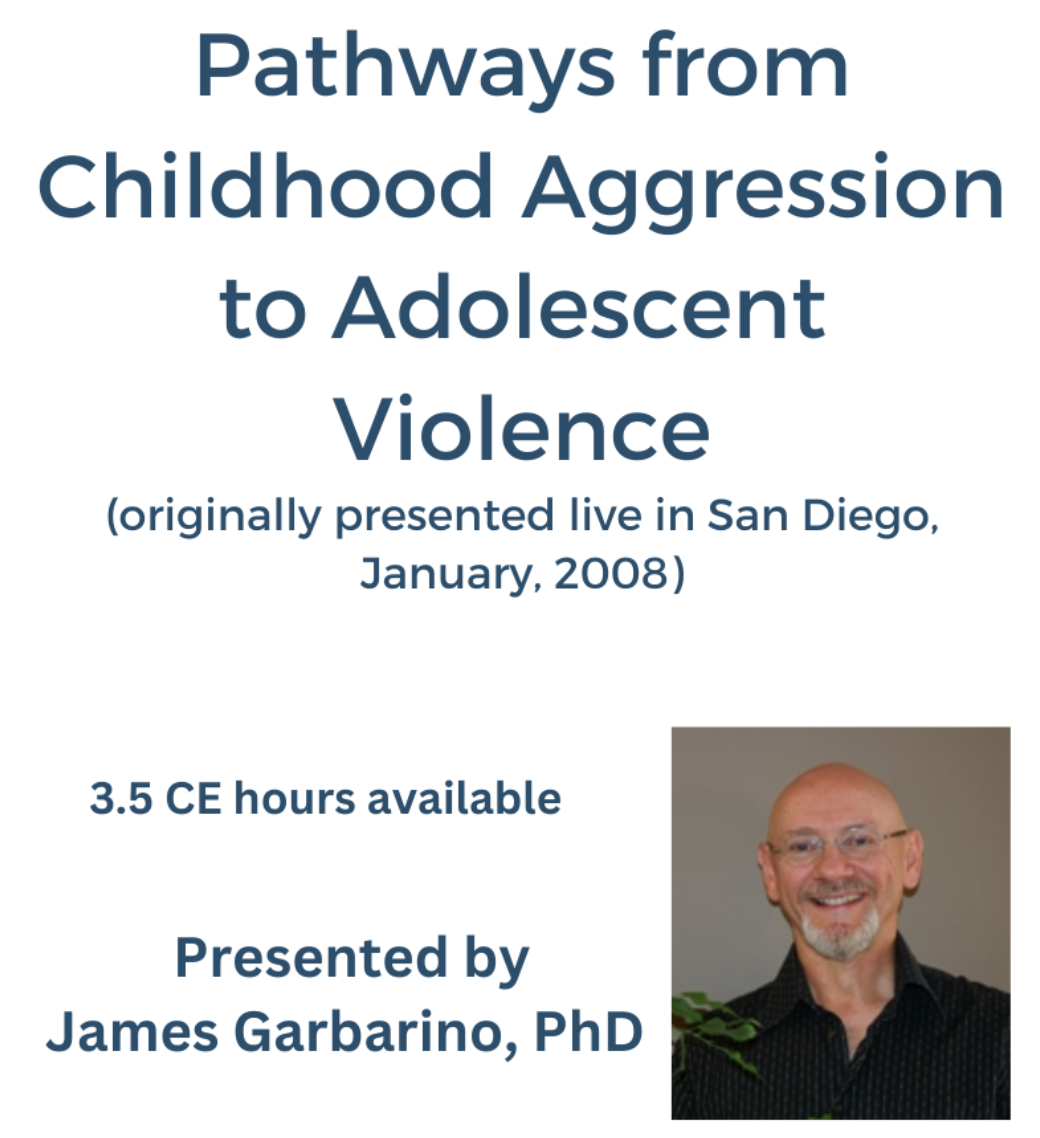Original price was: $87.50.$69.00Current price is: $69.00.
This course is worth 3.5 Credits through APA.
This presentation will provide attendees with an overview of cutting edge information about school based threat assessment, violence prevention and intervention strategies.
Brought to you in partnership with ![]()
Description

Humintell is approved by the American Psychological Association to sponsor continuing education for psychologists. Humintell maintains responsibility for this program and its content. Including instruction, readings, and review this course provides 3.5 hours of continuing education (3.5 CE credits) for psychologists.
Course Description
One of the important developmental starting points in understanding violence is that physical aggression is essentially universal in infants (and equally so for males and females).
Early trauma creates risk that this early aggression will coalesce into violent behavior in adolescence.
The experience of abuse sets the child up for the kind of “risky thinking” that leads to chronic patterns of aggression, bad behavior, acting out and violating the rights of others that can lead to a diagnosis of “conduct disorder.”
If no intervention occurs, this pattern of childhood conduct disorder becomes the entryway into adolescent delinquent and antisocial violent behavior.
The more socially toxic (and traumatic) the environment in which childhood and adolescence occur, the more likely it is that childhood conduct disorder will translate into adolescent violence.
Changing patterns of aggression in girls provide a useful insight into how and why these processes take place.
This presentation will analyze these behaviors in girls and boys for their similarities and differences and discuss the implications for violence in adolescence.
Learning Objectives
- Define negative attribution bias and how it relates to violent behavior.
- Describe the anti-delinquency program of the 1960s that had the effect of scaring low risk kids away from crime but made high risk kids worse in their criminal behavior.
- Define psychological malignancy, a term coined by Ronald Rohner.
Additional Information
Format and Length:
Recorded video format (non-interactive). Total running time 90 minutes.
Instructional Level:
Introductory APA approved continuing education course for psychologists, psychiatrists, and mental health professionals.
Completion Requirements:
To obtain your CE certificate, you must progress through all course segments and readings, and obtain a score of 80% or higher on a post-test. Users will have a maximum of 3 attempts to complete the post-test at 80% proficiency.
Post Test and Course Evaluation:
After watching course video recording, the post-test will be available to complete, along the course evaluation.
Who Should Attend:
Psychologists, counselors, masters or doctoral level clinical social workers, and marriage and family therapists.
Financial Support Statement:
Humintell pays course presenters for their teaching. There is no other financial support for this course.
Conflict of Interest Statement:
There is no potential conflict of interest or outside commercial support for this course.
Refund Policy:
Click here to see our policies on attendance, refunds, grievances, and accessibility, and other frequently asked questions. Click here to contact us or submit a grievance.
Contact Information:
For any inquiries related to subject matter guidance, correction, grading, comments, or problem resolution please contact us.
System Requirements:
Our APA approved continuing education course was developed to be accessed with modern browsers (Edge, Safari, Chrome, Firefox). While usage may be fine with other browsers, we cannot guarantee compatibility.





